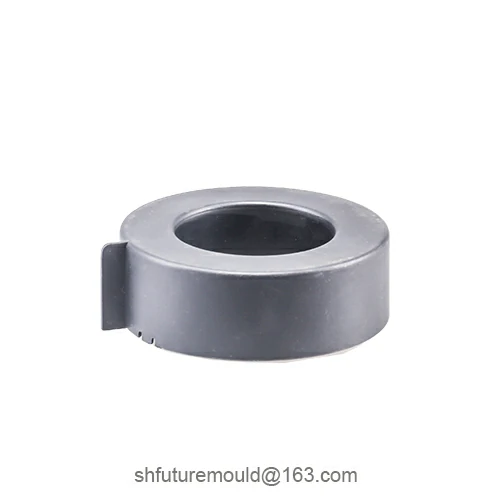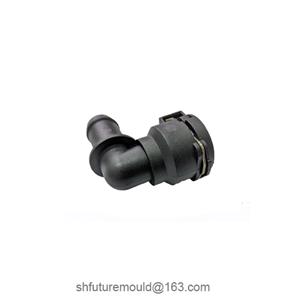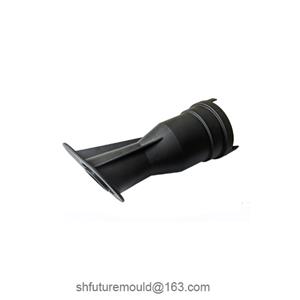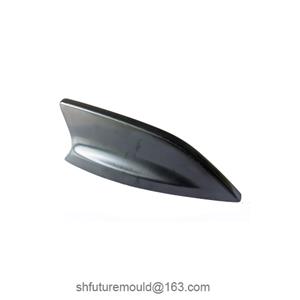How to Reduce Shrinkage Problems in POM Injection Molding
POM (Polyoxymethylene) materials experience some shrinkage during the molding process, mainly due to the reduction in material volume during cooling, as well as the influence of mold design and processing parameters.
1. Optimize Mold Design
Increase the number and layout of cooling channels: POM tends to shrink during cooling, and uneven mold cooling can exacerbate shrinkage problems. The design should ensure that cooling channels are evenly distributed, allowing for consistent cooling rates in all areas. This will avoid localized overheating or excessive cooling, reducing shrinkage.
Consider mold dimensions: To compensate for material shrinkage, the mold dimensions can be slightly larger than the actual required size. Mold dimensions typically need to be adjusted based on the shrinkage rate of POM, generally between 1.5% and 2.5%.
Increase the size of the injection gate: Enlarging the gate size ensures better flow, reducing unevenness during the flow process. This helps to minimize shrinkage issues caused by uneven mold filling.
2. Adjust Injection Molding Process Parameters
Increase injection temperature: Raising the injection temperature helps to increase the flowability of POM, allowing the material to fill the mold more evenly and reducing shrinkage due to insufficient flow. Operating within a range of 230°C to 280°C can optimize mold filling.
Adjust injection pressure and speed: Increasing injection pressure and appropriately increasing injection speed helps reduce the formation of bubbles and voids, minimizing uneven shrinkage during the material cooling process.
Extend cooling time: Extending the cooling time appropriately ensures that the POM material fully cools and stabilizes, avoiding dimensional changes and shrinkage due to incomplete cooling after molding.
3. Select the Appropriate POM Material
Choose low-shrinkage POM materials: Different POM materials (e.g., reinforced or filled grades) may have varying shrinkage rates. Selecting low-shrinkage POM materials or materials with optimized formulations can reduce shrinkage problems.
Use fillers or modified materials: Adding fillers (such as glass fibers) to POM can effectively reduce the shrinkage rate. Fillers not only improve the mechanical properties of the material but also reduce shrinkage caused by excessive material flowability.
4. Optimize Mold Temperature and Cooling Methods
Control mold temperature: The temperature of the mold has a significant impact on molding quality and shrinkage. Properly increasing mold temperature helps avoid excessive cooling, reducing shrinkage stress.
5. Post-Processing and Quality Control
Post-molding heat treatment: POM parts can undergo post-molding heat treatment or annealing to relieve internal stresses and reduce shrinkage.
Precision size control and inspection: During production, by inspecting and controlling part dimensions, any shrinkage-related deviations can be detected early, and process parameters can be adjusted to ensure the final part dimensions meet the requirements.
6. Preheating the Mold and Drying the Material
Material drying: POM has a strong moisture absorption tendency, and moisture can affect shrinkage behavior during injection molding. Proper drying of POM pellets (typically at 80-90°C for 2-4 hours) can reduce shrinkage problems caused by moisture absorption.
Mold preheating: When molding with a cold mold, the material may cool too quickly, leading to significant shrinkage. Preheating the mold helps maintain a stable temperature during the injection process, reducing shrinkage rates.
7. Mold Ventilation Design
Improve mold ventilation: During injection molding, POM generates some gas. Gas retention can affect mold filling efficiency and aggravate shrinkage. The mold should be designed with appropriate vent channels to ensure smooth gas evacuation, preventing defects caused by trapped air.




